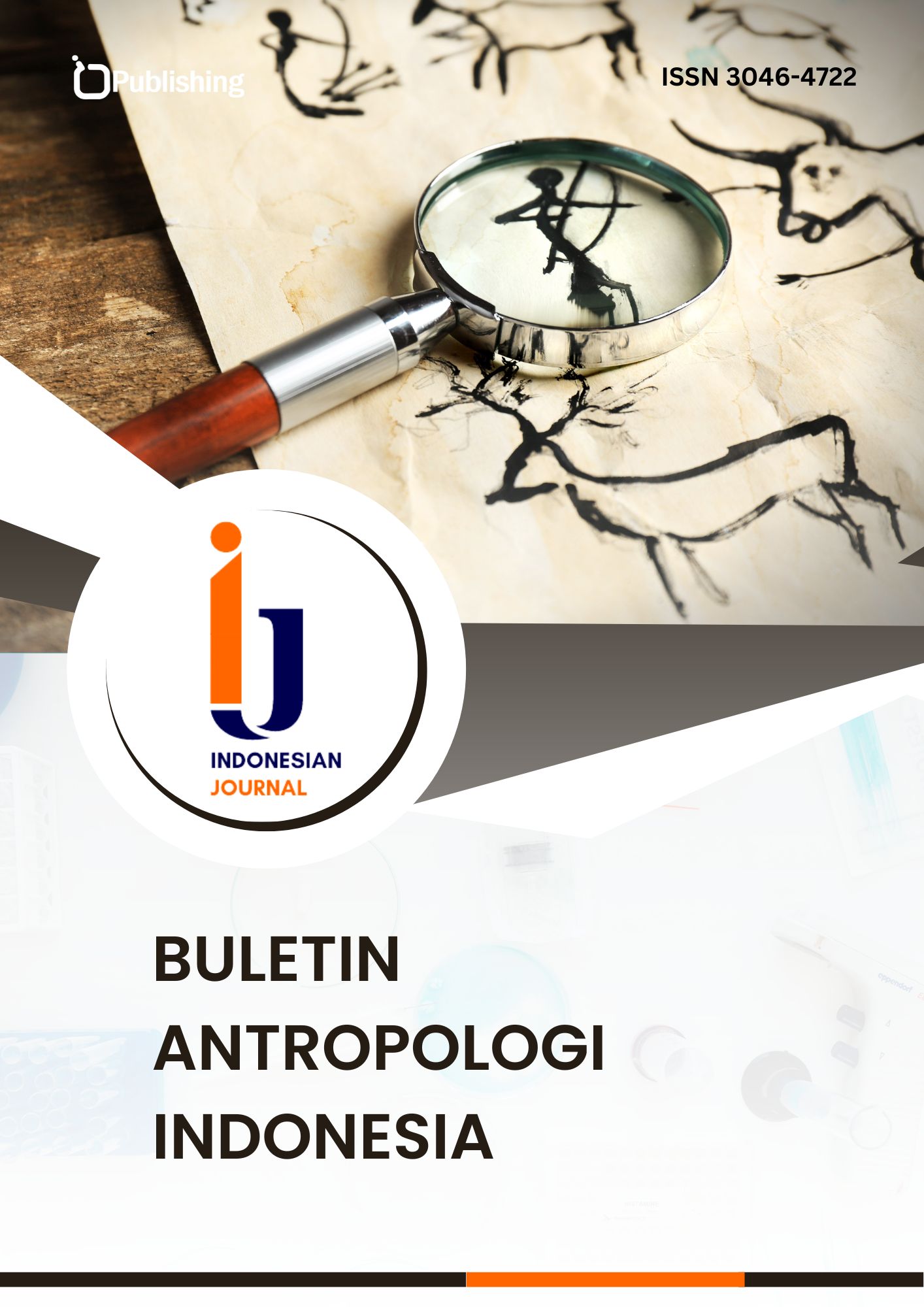Analysis of Reforms In Qarshi City In The Late 13th To Early 14th Centuries
DOI:
https://doi.org/10.47134/bai.v2i1.3804Keywords:
Mavaraunnahr, Mongol Khans, Kebek Khan, Qarshi, Nasaf, Chagatai Ulus, Monetary Reform, Socio-Cultural Conditions, Amir Timur, Central AsiaAbstract
The article discusses the fact the cities of Mavaraunnahr in the late 13th to early 14th centuries were characterized by relentless power struggles among Mongol khans, descendants of Chingiz. This period's socio-cultural condition was marked by the division of the region into small, powerless states and the aspiration of each ruler to subjugate the entire Mavaraunnahr under a single authority. It is analyzed that Kebek Khan (718/1318-726/1326), a skilled politician and adept reformer, played a significant role during this time. He built the city of Qarshi, which later became a major center of the region. Kebek Khan's monetary and administrative reforms had a positive impact on the socio-political life of Mavaraunnahr. Despite the challenges, including invasions and internal power struggles, cities like Qarshi and Nasaf witnessed significant economic, political, and cultural growth. The flourishing of construction, culture, and science, particularly during the reign of Amir Timur and his successors is also described.
References
Alimov, O. (1984). The History of Gardening Economy in Mavaraunnahr in the Middle Ages. – Tashkent: Fan. – pp. 9-24.
Bartold, V.V. General Works on the History of Central Asia, Works on the History of the Caucasus and Eastern Europe. – p. 264.
Bartold, V.V. General Works on the History of Central Asia, Works on the History of the Caucasus and Eastern Europe. – p. 263.
Bartold, V. V. General Works on the History of Central Asia, Works on the History of the Caucasus and Eastern Europe. – p. 265.
Bosworth, C. E., Donzel, Heinrichs W.P. & the late Pellat Ch. (1994). The encyclopaedia of islam. New edition. – P. 925; Sharafuddin Ali Yazdi. Zafarnama. – Tashkent: Kamalak, 1994. – pp. 45-62.
Bosworth, C. E. Muslim Dynasties. – p. 198.
Dusmurodov, J. (1996). Science and Culture in the Timurid Era // A Gift to Sahibkiran. – Karshi: Nasaf. – pp. 81-83.
History of the East. The East in the Middle Ages. Volume II" published by Eastern Literature in 2002, P. 411-412
History of Kashkadarya. – p. 441.
In more detail: في اي صورة ما شاء ركبك (“He created you in whatever form He willed”) (Qur'an, Surah Infitor, Ayah 8) divides the word “Rakkabak” into two, reading “Rok” and “Kabak,” from which the word “Kebek” derives from the second part.
Khodoyqulov, A. (1996). Social and Economic Thought in the Time of Amir Timur // A Gift to Sahibkiran. – Karshi: Nasaf. – pp. 34-37.Khursid Davron. The Spiritual Leaders of Amir Timur // Tafakkur. – Tashkent, 1995. – №5. – pp. 26-37.
Kydyrniyazov, M. (1989). Material Culture of the Cities of Khorezm in the 13th-14th Centuries. – Nukus: Karakalpakstan. – pp. 65-110.
Mankovskaya, L. Yu. (1979). Architectural Monuments of the Kashkadarya Oasis. – Tashkent: Uzbekistan, 1979. – pp. 9-11.Yesilyurt T. Ebu’l-Berekat en-Nesefi ve islam dusuncesindeki yeri. – Malatya: 2000. – S. 16-19.; Bosworth C.E., Donzel, Heinrichs W.P and the late Pellat Ch. The encyclopaedia of islam. New edition. – Leiden-New York: Brill E.J, 1993. – P. 925.
Mankovskaya L.Yu. Architectural Monuments of the Kashkadarya Oasis. – pp. 96-98.
Mukhamedov, N., & Turambetov, N. (2023). Humanistic Ideas: Kindness, Generosity, And Tolerance In The Work Of Maverannhar Scientists. EPRA International Journal of Research and Development (IJRD), 8(12), 322-325.
Nafasov, T. (1993). The Uzbek Name. – Karshi: Nasaf. – p. 43
Nasaf or Nakhshab. One of the greatest administrative cities of Mavaraunnahr, now known by the name "Qarshi". It has produced renowned Islamic jurists and scholars. Shamsiddin Somibek. Qomus al-a'lam. – Istanbul: 1898. Vol. IV. – p. 4575.
Negmatov, N. (1957). Ustrushana in Antiquity and Early Middle Ages. – Dushanbe, 1957. – p. 89.
Pugachenkova, G. A. (1965). Vekpeev P.I. History of Art of Uzbekistan from Ancient Times to the Mid-Nineteenth Century. – Moscow: Iskusstvo. – pp. 146-206.
Rybakov R.B. History of the East. – pp. 411-412.
The same work. – p. 97.
Uvatov, U., Arabshah. I., & His Work "Aja'ib al-Maqdur fi Nawā'ib Timur": Ph.D. Dissertation. – Tashkent, 1974.
Yazdi, S. A., Zafarnama. (1994). Tashkent: Kamalak. – pp. 25-28.
Zafarnama. – pp. 46-48.











